The Physics of Quantum Optoelectronics
Introduction
Quantum optoelectronics is a branch of quantum physics that studies the interaction of light and matter at the quantum level. It is a multidisciplinary field that combines elements of quantum mechanics, optics, and electronics to investigate phenomena such as quantum entanglement, quantum superposition, and quantum tunneling in optoelectronic devices.
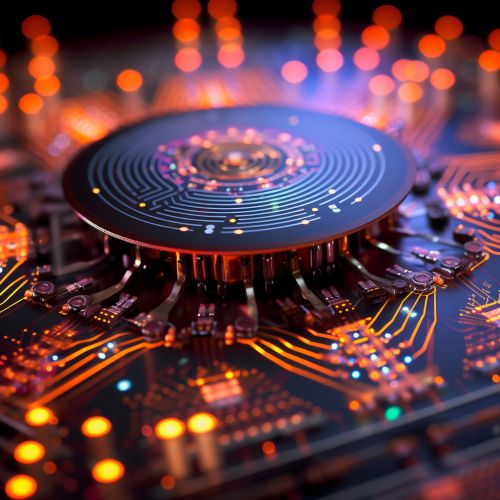

Quantum Mechanics and Optoelectronics
Quantum mechanics is the theoretical framework that describes the behavior of particles at the quantum level. It is characterized by wave-particle duality, the uncertainty principle, and the superposition principle. These principles are fundamental to understanding the operation of quantum optoelectronic devices.
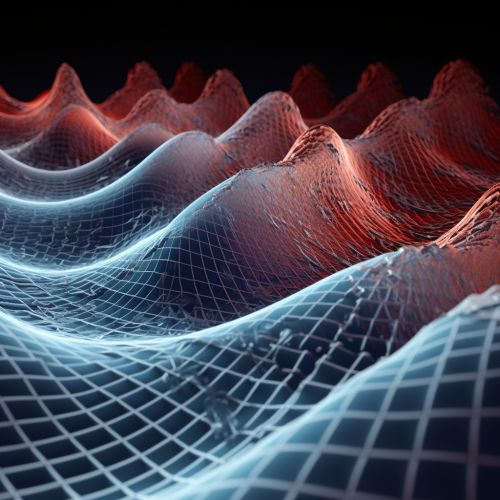
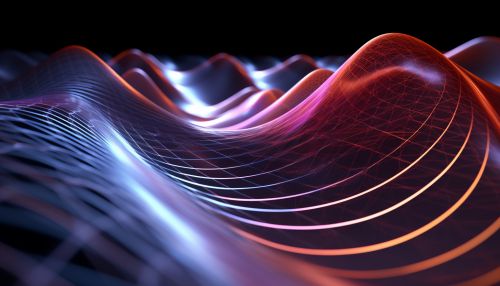
In quantum optoelectronics, the principles of quantum mechanics are applied to the design and operation of optoelectronic devices. These devices, which include laser diodes, photodetectors, and quantum dots, use the interaction of light and matter to perform their functions.
Quantum Optoelectronic Devices
Quantum optoelectronic devices are devices that use quantum phenomena to generate, detect, or manipulate light. They are used in a wide range of applications, from telecommunications and computing to sensing and imaging.

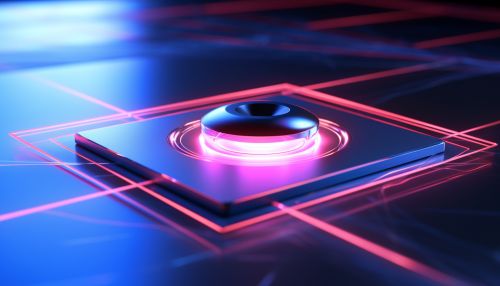
Laser Diodes
A laser diode is a type of optoelectronic device that produces coherent light through the process of stimulated emission. The operation of laser diodes is based on the principles of quantum mechanics, particularly the concept of quantum superposition.
Photodetectors
Photodetectors are devices that convert light into electrical signals. They operate on the principle of the photoelectric effect, a quantum phenomenon in which electrons are emitted from a material when it absorbs light.
Quantum Dots
Quantum dots are nanoscale semiconductor particles that exhibit quantum mechanical properties. They are used in a variety of optoelectronic devices, including light-emitting diodes (LEDs) and solar cells.
Quantum Phenomena in Optoelectronics
Quantum optoelectronics is characterized by several quantum phenomena, including quantum entanglement, quantum superposition, and quantum tunneling.
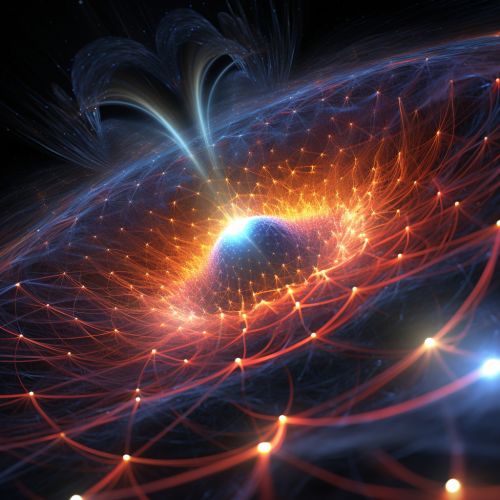

Quantum Entanglement
Quantum entanglement is a phenomenon in which two or more particles become linked and the state of one particle instantly influences the state of the other, regardless of the distance between them. This phenomenon is used in quantum communication and quantum computing.
Quantum Superposition
Quantum superposition is the principle that a quantum system can exist in multiple states at once. This principle is used in the operation of quantum optoelectronic devices such as laser diodes and quantum dots.
Quantum Tunneling
Quantum tunneling is a phenomenon in which particles can pass through a barrier that would be insurmountable in classical physics. This phenomenon is used in the operation of devices such as tunnel diodes and scanning tunneling microscopes.
Applications of Quantum Optoelectronics
Quantum optoelectronics has a wide range of applications, from telecommunications and computing to sensing and imaging.

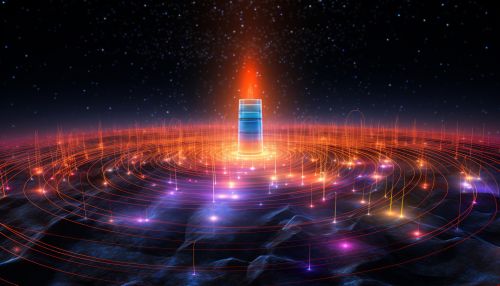
Telecommunications
In telecommunications, quantum optoelectronic devices such as laser diodes and photodetectors are used to transmit and receive data over optical fibers.
Computing
In computing, quantum optoelectronic devices are used in the development of quantum computers, which are expected to perform certain tasks much more efficiently than classical computers.
Sensing and Imaging
In sensing and imaging, quantum optoelectronic devices are used to detect and image objects with unprecedented resolution and sensitivity.
